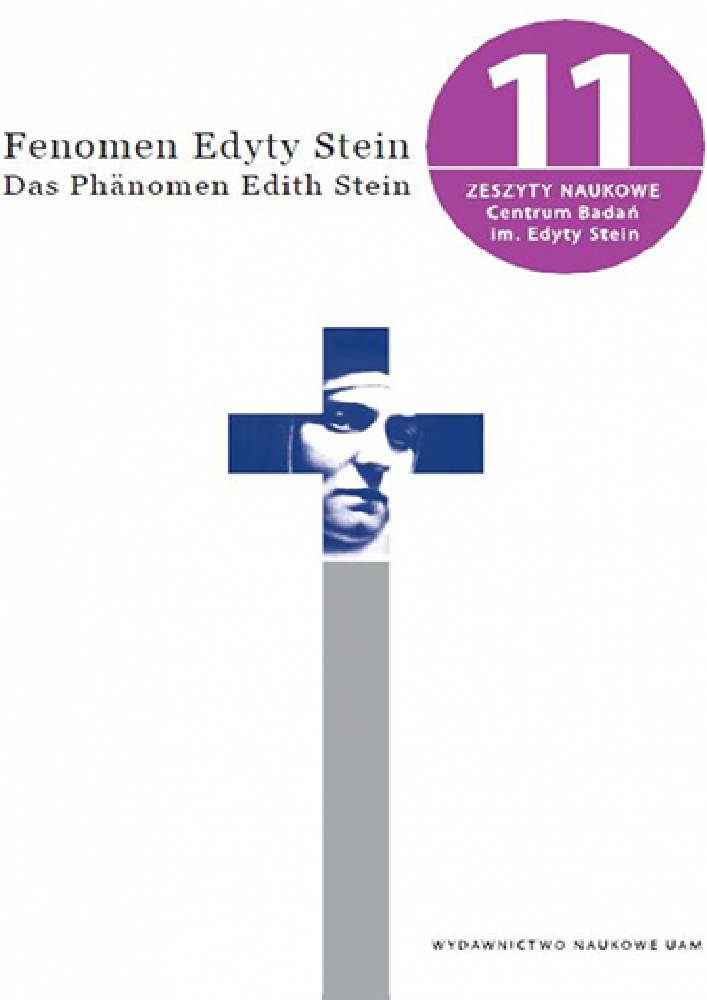Abstract
Is Edith Stein a symbol of reconciliation between Jews and Catholics or just the opposite – a major stumbling block? This question was asked by Susanne Batzdorff, Edith Stein’s niece, in her memories. It should be repeated today if we try to approach seriously the theme of Catholic-Jewish dialogue. For many Catholics, it is not easy to understand the Jewish point of view regarding the canonization of St. Teresa Benedicta of the Cross. Therefore the aim of this article was to present this perspective and its justification, the understanding of which seems to be a precondition of a real dialogue, the dialogue where both sides are given the same right to express their thoughts, claims and reservations. The relatives of Edith Stein and Jewish commentators on her life and death underline that they have lost Edith Stein twice: first, when she made her conversion to Catholicism and, second, after her death, when she became a symbol of Christian martyrdom, the fact which finally led to her canonisation in 1998. In their eyes, Edith Stein had nfaced discrimination during her professional career and died in the gas chamber as a Jew. She was refused tenure at German universities as a Jew and as a woman. Obviously, as a Catholic nun, Edith Stein herself had the right to read these facts as an evidence of apre-existing God’s plan: all her personal failures were meant to lead to a final and essentialvictory made possible by her conversion. But the Jewish perspective, for obviousreasons, is different: the Jewish community lost one of its members in a period when integration seemed natural in the face of the Nazi threat. The second loss of Edith Steinwas a symbolic one: canonisation made her one of Catholic saints – despite the fact thatshe died as a Jew along with millions of other victims of the Shoah. Was her death a partof God’s project to convoke her to sanctity? Should we understand that the Holocaustwas also part of the same plan.The second loss, in fact, is connected with the symbolic appropriation of theHolocaust by the Catholic Church by underlying the Christian martyrdom evidenced bythe death of Edith Stein. In view of the fact that she died together with six millions otherJews, the question arises why her martyrdom led only her to sanctity and not any otherJews? Was her conversion a reason why she was such rewarded? For Jews, it is bothtragic and paradoxical that Edith Stein converted to Catholicism which for centuries hasblamed Jews for killing Jesus Christ and has instigated anti-Semitism. The latter finallyled to Hitler’s plan of the final solution. Even today, among Catholics, a claim can be heard that conversion to Christianity is a logical step, natural consequence, and kind ofcompensation once a Jew admits that it was a historical mistake not to recognise Jesus Christ as the Son of God. Therefore it would be natural to honour Edith Stein for her decision to convert. In conclusion, the author of the article states once more that without understanding the Jewish perspective on life and death of Edith Stein neither a dialogue or reconciliation is possible between Jews and Catholics.Funding
Polsko-Niemiecka Fundacja na Rzecz Nauki- Deutsch Polnische Wissenschaftsstiftung
